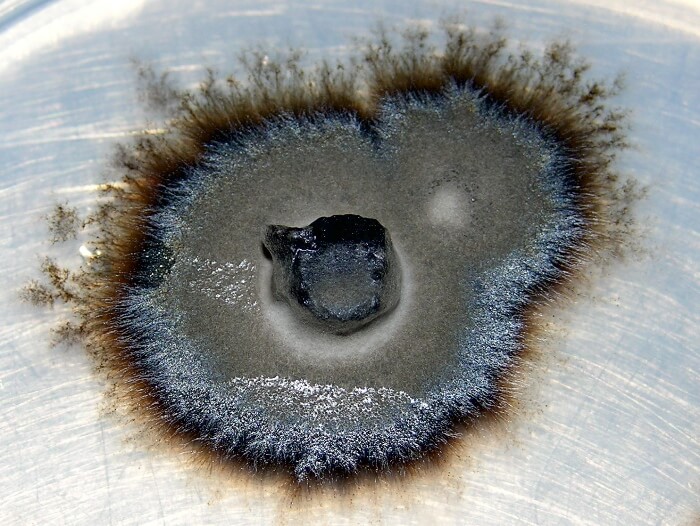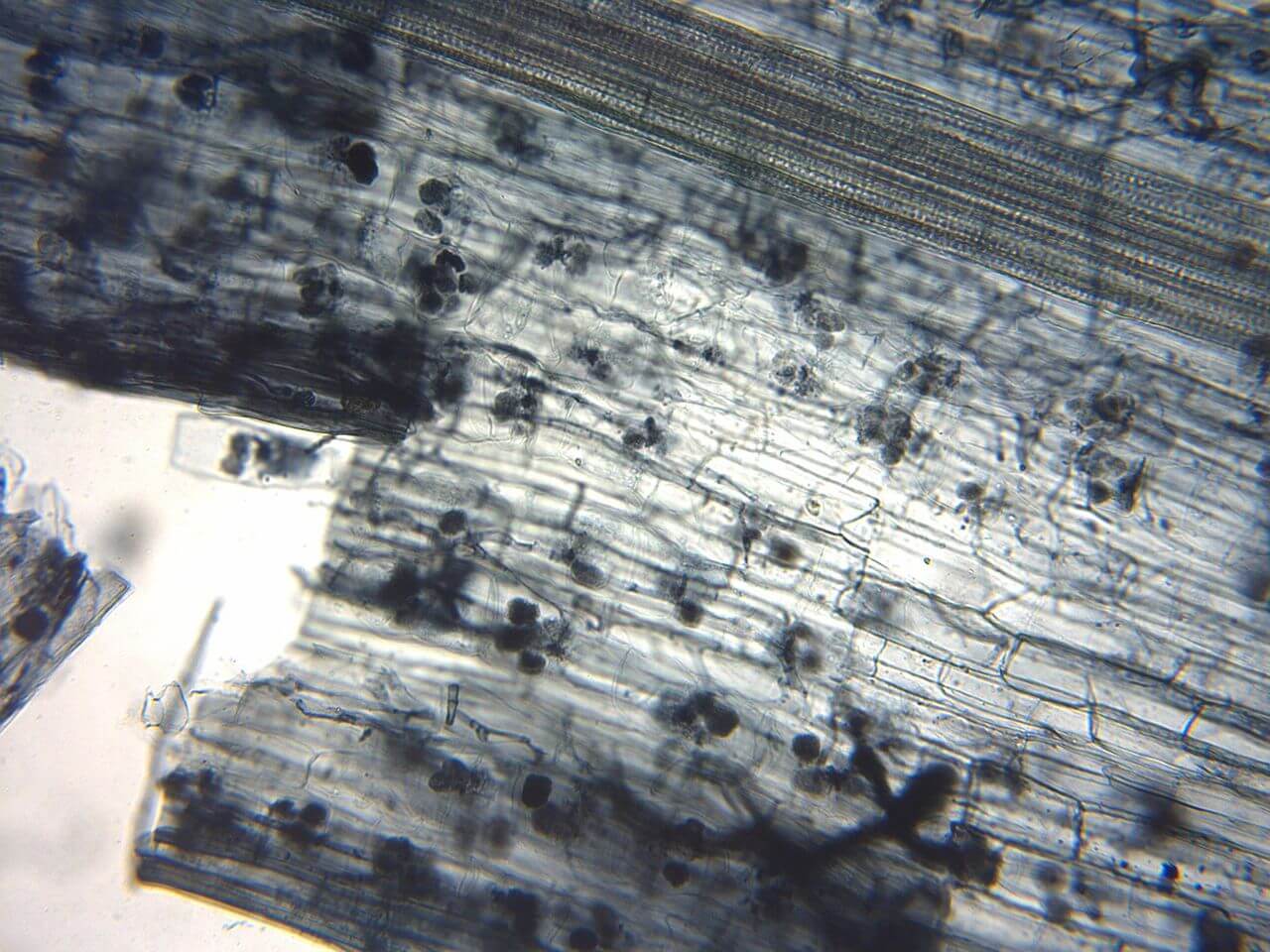
Mycorrhizal fungi rootgrow has become a common feature of garden centres of late, and has been advertised as a product that can greatly boost your plant’s health. But does it really work? And when should I apply it? Before delving into such questions, it would be worthwhile to explain what are mycorrhizas.
What are Mycorrhizae?
The etymology of Mycorrhiza comes from the Greek mykos “fungus” and riza “root”. And this is precisely what mycorrhizae is, a symbiotic relationship between fungi and plants. It occurs in nearly all plant life on land and is thus suspected of being one of the key factors that allowed plants to colonise the land.
The relationship is symbiotic as the fungi and plant provide one another with nutrients that each are maladapted to garner independently. It has its origin in the fact each are different types of organisms, with fungi being heterotrophic and plants autotrophic. Heterotrophs, such as humans, absorb their nutrients from organic sources, but can’t produce energy from inorganic sources. Autotrophs, on the other hand, can produce energy from inorganic sources such as sunlight. Plants do this through the process of photosynthesis that produces carbohydrates. As autotrophs, plants also find it difficult to absorb essential nutrients such as nitrogen and phosphorus.

And this is where the fungi come in. The fungi that can easily absorb such nutrients interacts with the plant’s root system, which the plant willingly allows, providing such nutrients in return for the carbohydrates that itself cannot produce. It does this through expanding its roots’ surface area that can absorb nutrients and water. They also provide the additional benefit of increasing a plant’s resistance to pathogens, preventing root disease.
As a side-note, the mycorrhizas were once divided into broad groupings, the ecto (outside) and endo (inside) varieties, with the former (usually) coating the root cells and the latter intermeshing into the plant root cells; although today they have been divided into new sub-categories or superseded with new typings. The endo varieties are difficult to spot, while the ecto varieties presence may be hinted at with the appearance of toadstools, or coated, oddly-branched roots.

Do I Need to use Mycorrhizal Rootgrow?
It is suspected that neither fungi nor plants could survive in many situations without such a relationship. Mycorrhizas is fairly ubiquitous throughout the soil, and can infect a wide range of plants, so it is highly probable that suitable plants will become infected in their lifetime. There may be some exceptions to this, such as heavily cultivated soil and isolated rocky outcrops, but more on this later.
Scientifically, there is little evidence supporting the use of mycorrhiza rootgrow. The British Standards Institution, which produce technical standards on an array of products, does not recommend using the rootgrow for planting trees as a matter of routine. At Texas A & M University, a team grew plants in soils with and without mycorrhizas and found that the infected plants grew slightly better at the planting-out stage, although any advantage disappeared completely after two seasons in the ground. This was because all the plants ended up infected with mycorrhizas anyway. Finally, a test by Which? Magazine found that the potting compost brand that contained mycorrhizas performed poorly, although such an outcome may be down to other factors.
So are mycorrhizas products any good at all? In all probability mycorrhizas products will be unlikely to confer any long term benefits to your plants, unless you have good reason to suspect that your soil is deficient in mycorrhizas. (It is important to check that your plant can benefit from mycorrhizas in the first place.)

As already stated, heavily cultivated ground may reduce the occurrence of mycorrhizas. This is because fungicide is naturally destructive to fungi, although, interestingly, it is phosphorus-rich soil that is especially detrimental to mycorrhizas. Mycorrhizas usually function to gather this rare resource for plants, but an abundance of it, usually created by fertiliser, actually suppresses it. Why this is the case is unclear, although it can be in a sense expected, as messing with the ecosystem can have untold effects. Sadly, in this case using mycorrhizas rootgrow is unlikely to have any effect, as if the soil is not conducive to mycorrhizas, the best option will be to stop using phosphorus rich fertilizers, and wait for the mycorrhizas to return naturally.
There may be reason to use mycorrhizas in some cases, perhaps for isolated plants, and plants that are indoors (although such cases are unlikely to be common).
–
Jorge works in the Primrose marketing team. He is an avid reader, although struggles to stick to one topic!
His ideal afternoon would involve a long walk, before settling down for scones.
Jorge is a journeyman gardener with experience in growing crops.